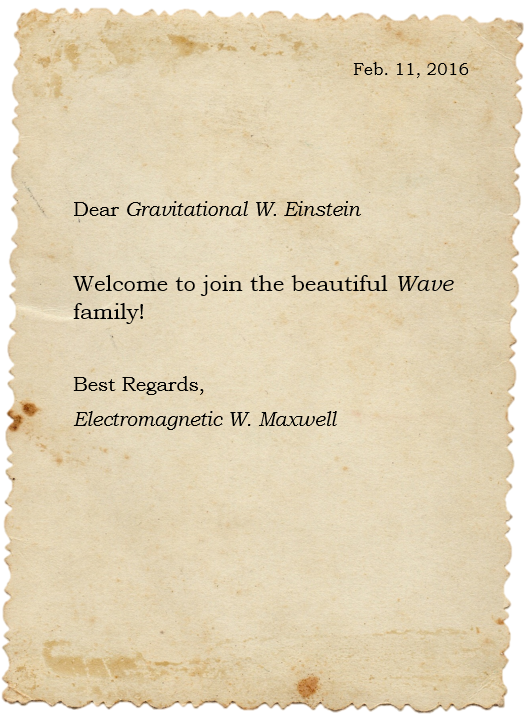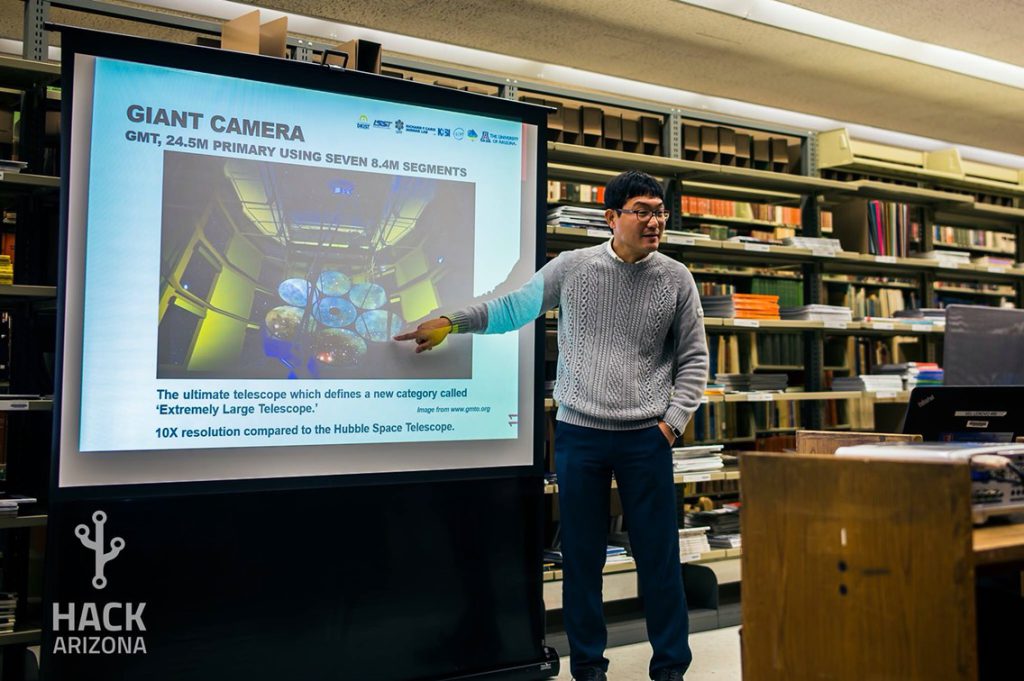OSC will be participating in the Science City portion of the Tucson Festival of Books, presenting four fascinating open lectures and numerous optics demonstrations on March 11. Professors Euan McLeod, Dae Wook Kim, Robert A. Norwood and Jennifer K. Barton will be presenting in Meinel 307, beginning at 10 a.m.
Author: letter2dwk
The 1st NASA Datanaut from LOFT, Maham Aftab
Congratulation, Maham Aftab, for being the first NASA Datanaut from LOFT group.
“While attending virtual events and coding tutorials at Datanauts, I have been developing a polynomial set and a corresponding data analysis method that allows optical wavefronts or surfaces to be reconstructed from their measured gradient data. This will be especially useful for freeform and high spatial resolution surfaces, such as telescope mirrors; as this method allows for thousands of polynomial terms to be generated and used, even with limited computing resources.” – Maham Aftab
Photonics Spectra Magazine Article
You can find an interesting story about “Great Strides in Optical Fabrication” in the Photonics Spectra (Oct 2016) magazine article. (pdf version) You will find LOFT group’s contribution for this exciting world-wide co-efforts. We love to be a part of it.
Reddit AMA (Ask Me Anything) Session by LOFT
Recently, there have been two exciting AMA (Ask Me Anything) sessions in Reddit Science section.
1. “Optics: A Revolution in Communications” by Alan Willner (President of The OSA, Optical Society) on 7/8
2. “Building the World’s Largest Telescope” by Patrick McCarthy (Interim President for the Giant Magellan Telescope) on 7/22
In order to continue the exciting “Optical” momentum in the public Reddit community, LOFT group is going to host another session at 6 – 8 pm EST (3-5 pm in Tucson) on 8/10 as below.
Science AMA Series: I’m Dr. Kim, and we are the Large Optics Fabrication and Testing (LOFT) Group at the College of Optical Sciences. We want to share our knowledge about the tools required to make and then test the world’s largest mirrors! AMA! We are excited to be here to share our expertise in the field of fabrication and testing of mirrors and other optical surfaces. Joining me (Dae Wook) in answering questions are my students Logan Graves and Isaac Trumper, who specialize in developing these types of measurement tools. We specialize in making very large telescopes of world renowned quality. We can do this only through understanding exactly how to make, and then test, the mirrored surfaces. You may have heard of one of our current projects, the Giant Magellan Telescope (GMT), but we like to call it a giant camera! This telescope is designed to investigate events just after the Big Bang, such as how galaxies formed. It will do an amazing job at collecting light in order to view very faint objects in the sky. We also work on other exciting projects such as a giant microscope (DKIST), and a giant action-cam (LSST). Please take a look at our group’s website to get an idea of the other types of projects we work on: http://www.loft
If you want to join the AMA session, please, visit the Reddit Science (https://www.reddit.com/r/science/) at 6 pm EST (on 8/10) or ahead of time to submit your AMA questions.
Two babies happily join the priceless LOFT group family membership!
Welcome to join the beautiful Wave family!
LOFT group feels lucky to be at this moment of human history, the detection of gravitational wave by LIGO! A new ear to the beauty of Universe.
Postcard image created by LOFT group
Midnight Tech Talk at Hackathone
The Conversation Article Published
“To detect fainter and more distant objects in the cosmos, astronomers need bigger telescopes. And bigger telescopes – several of which are currently under construction around the world – rely on ever bigger mirrors to collect that incoming starlight. The University of Arizona’s Buddy Martin and Dae Wook Kim describe how they engineer these gargantuan mirrors with painstaking precision. Imperfections are not tolerated: if one of their 27-foot mirrors were scaled up to the size of North America, the tallest mountain would be one inch high and the deepest canyon would be one inch low.”
Maggie Villiger
Editor
The Conversation US
POW 2016 SPRING SERIES W/ 30+ PARTICIPANTS
The POW 2016 Spring workshop series (1/11-1/12) has been successfully presented with more than 30+ participants from academia and industry. Four modular workshops have been offered including various hands-on lab sessions.
IR deflectometry poster (L. Graves won the 2nd place at the IA workshop)
Congratulations, Logan Graves (LOFT PhD student). Logan’s IR deflectometry poster presentation won the 2nd place at the Industrial Affiliates workshop, College of Optical Sciences, in Fall 2015.
Check out the poster: IR Deflectometry Poster






